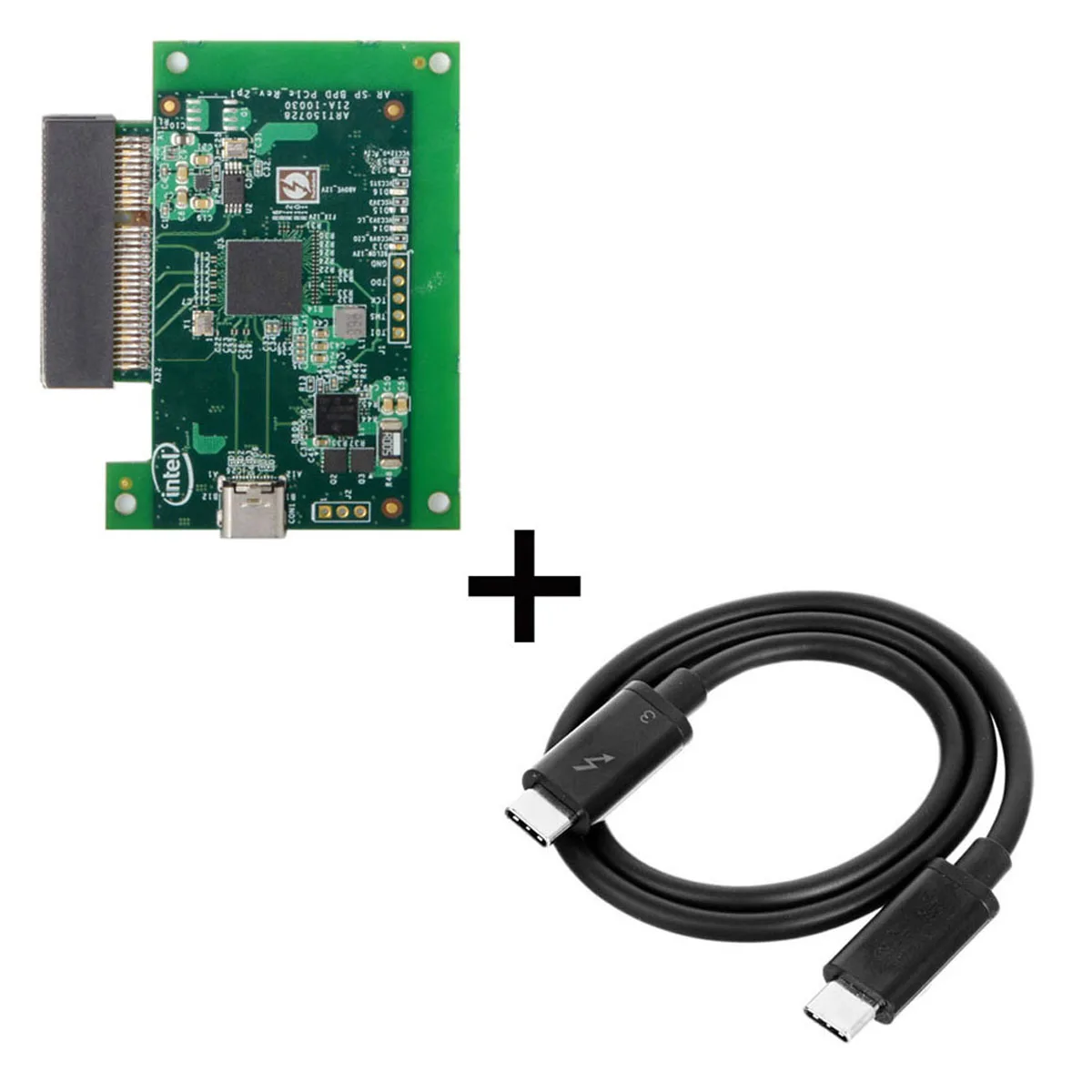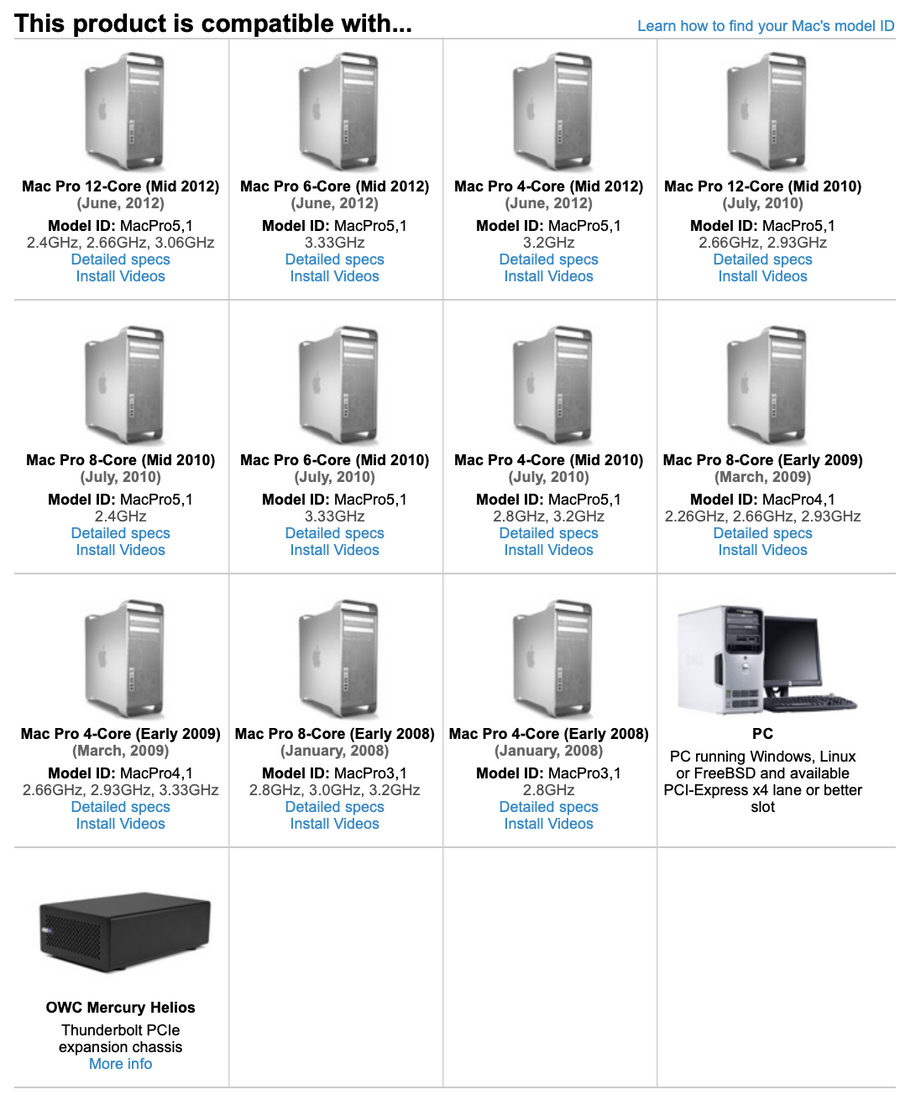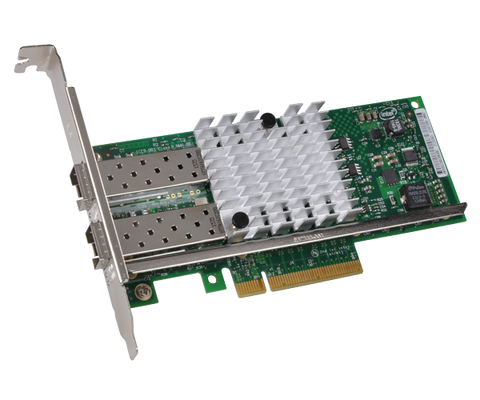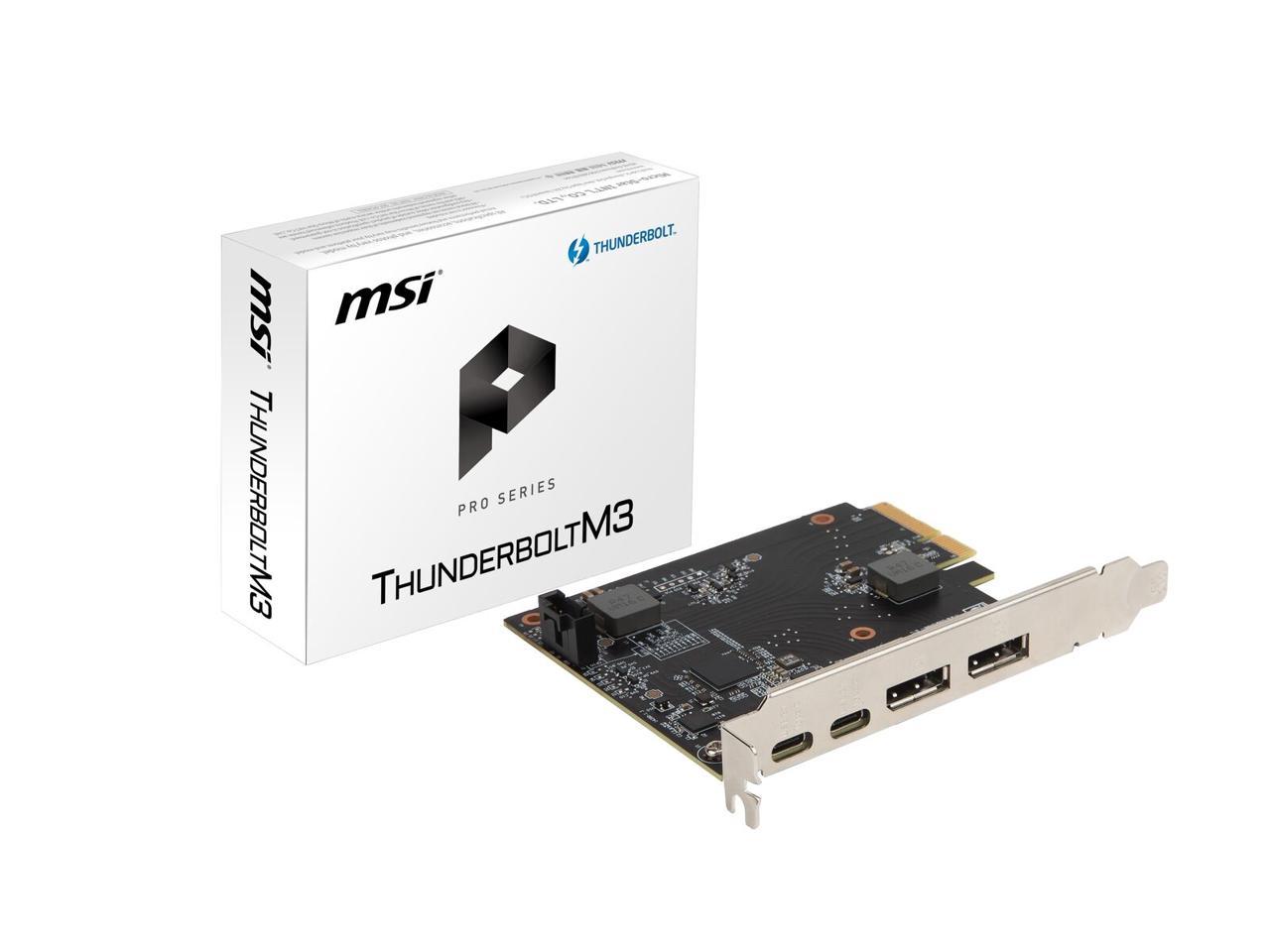

So here’s the bottom line: if you want an audio interface with no perceptible latency, and/or need to drive multiple monitors or external high-speed graphics cards, Thunderbolt 3 is the ticket. What’s more, you can also daisy-chain multiple Thunderbolt devices so they share a single Thunderbolt port whereas every USB device is a selfish little critter that needs to connect via its own cable to its own port. (Note these figures are best-case - not all peripherals can run at those speeds.) Thunderbolt is also bidirectional and provides four lanes for PCI Express Gen 3 and eight lanes for DisplayPort 1.2 connections. It can transfer up to 40 Gbit/s with short cable runs (depending on whether you’re using passive or active cables - more info below), and 20 Gbit/s with longer cables. Thunderbolt 3 is currently the fastest data transfer protocol. Note the lightning bolt logos on the port and cable that indicate Thunderbolt compatibility the 3 on the cable indicates it’s suitable for Thunderbolt 3 data streams.īecause Thunderbolt 3 and USB 3.1 Gen 2 (the latest generation for USB) use the same connector, it’s not surprising that some people are confused over which is which, or think they must be the same - but there are significant differences.


Note: The term USB-C describes only the physical cable and connector, not the data speed or charging capability.Ī USB-C cable and the Thunderbolt 3 port on the Universal Audio Arrow interface. This also means USB-C hubs can be smaller, and you’ll be able to fit more ports in tablets and small laptops. A USB-C connector is a significant improvement over the bulky connectors of the past: it’s reversible, so you can’t plug cables in upside down, and it is wicked thin so it will fit in just about anything - which is why many new smartphones use USB-C. USB-C changes all that, because it’s intended to be a universal cable and connector specification. It used to be that each protocol had its own connector type - you wouldn’t mistake an SCSI port for a FireWire port, or USB for Thunderbolt. Like all major changes, there are some initial issues as specs and gear settle into something new, but these advanced protocols already offer significant advantages. Sound good to you? Well, that time is here. That AC adapter for your audio interface that wasn’t compatible with anything else on the planet? You won’t even need the AC adapter, as long as the computer it plugs into has enough juice to power the interface. Instead, you’ll have a bunch of high-quality USB-C cables capable of handling plenty of power. And what about those USB Type-A, Type-B, Mini-A, Mini-B, Micro-A, and Micro-B connectors littering your studio like unwanted house guests? Gone. Remember all those funny computer AC adapter bricks, wall warts, and line lumps, each with a connector that didn’t work with anything else? Forget them - you’ll be charging your computer over USB-C. That’s the potential of the USB-C connector, as used with both Thunderbolt 3 and USB 3.1 for data and power transfer. Wouldn’t it be wonderful if this kind of evolution instead resulted in a simpler world, so you could just get on with making music? When standards like Thunderbolt and USB evolve, it seems the inevitable result is more complications - like needing different cables, connectors, and adapters. Marching Percussion Accessories Shop By Category Guitar Workshop Keyboards & Synthesizers Shop By CategoryĬase Finder Drums & Percussion Shop By CategoryĬable Finder Microphones Shop By CategoryĬase Finder DJ Equipment Shop By CategoryĬable Finder Band & Orchestra Shop By Category

THUNDERBOLT 3 USB C PCIE CARD FOR MAC SOFTWARE
Case Finder Live Sound & Lighting Shop By CategoryĬase Finder Software & Plug-ins Shop By Category


 0 kommentar(er)
0 kommentar(er)
